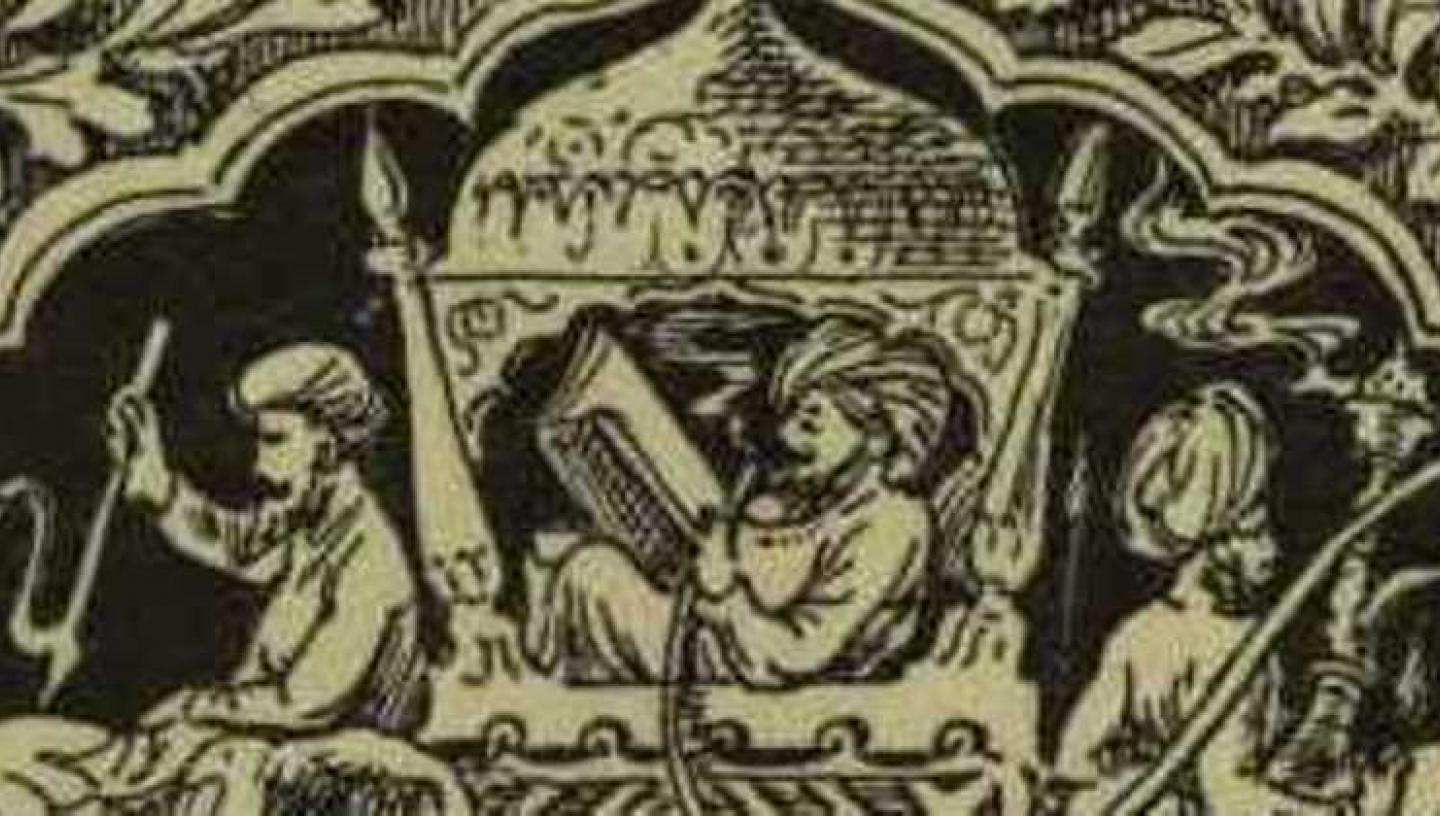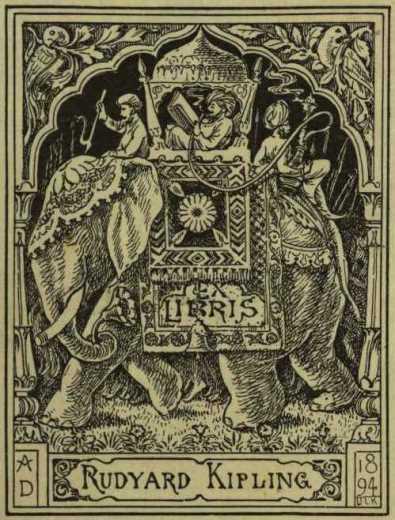
Essential Information
| Location | |
|---|---|
14 Sep 2016
This year marks the 80th anniversary of the death of Rudyard Kipling. Best remembered today as a poet, short-story writer and novelist, he was also involved in the founding of the National Maritime Museum and even chose the Museum’s name.
Kipling’s suggestion, made during a visit to Lord Stanhope, was ‘Maritime Museum’. Sir Geoffrey Callender, the Museum’s first director, wrote that Kipling had expressed the view that the Museum should commemorate a range of maritime endeavour, not just the Royal Navy, but also including ‘the great explorers’, ‘the chart-makers’, ‘the romance of the great liners’, and ‘the domestic work of the fishers plying their nets in peace and war’.
In 1927 a public appeal had been launched to develop a ‘national naval and nautical museum’, but within a year or so of Kipling’s suggestion, the Museum’s trustees decided, in October 1929, on the use of the name ‘National Maritime Museum’, a name change approved by the Admiralty in 1931.

Kipling died before the Museum opened, but after his death his widow Caroline donated some of her late husband’s books to the Museum. The books, which deal mainly with maritime subjects, contain Kipling’s distinctive bookplate, designed by his father John Lockwood Kipling.
The bookplate bears Rudyard Kipling’s name and has a flavour of his native India, depicting an elephant with three riders, one of whom is reading a book whilst smoking a pipe. You can find books with Rudyard Kipling’s bookplate in the Caird Library and Archive’s collection by conducting a general search in the Library catalogue for ‘Kipling bookplate’.
Find out how to register for a free reader’s ticket to visit the library
Stawell Heard, Librarian